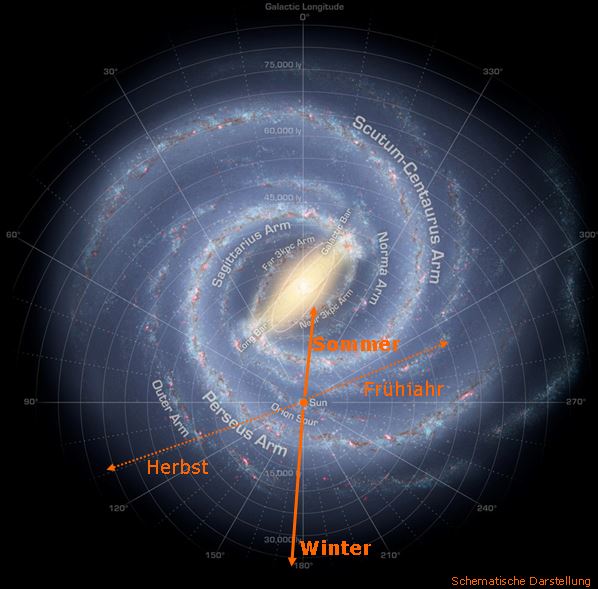S
But isn't that inventing another theory to prop up the first theory (of heliocentrism)? I mean, we all know a day is a day, right? So why all the business of the sidereal day compared to the solar-day? But, assuming there's good reason to have two types of day (I mean, other than heliocentrism, which I hold is not a good reason)...
In Winter, as opposed to Summer, why isn't the night sky totally different? If heliocentricity is true, one is at the opposite side of the sun, facing in the opposite direction, so should see totally different constellations in the night sky. But as I understand it, one doesn't. What theory do heliocentrists invoke to explain that?
In Winter, as opposed to Summer, why isn't the night sky totally different? If heliocentricity is true, one is at the opposite side of the sun, facing in the opposite direction, so should see totally different constellations in the night sky. But as I understand it, one doesn't. What theory do heliocentrists invoke to explain that?
they are not in the same positions...that is relative to the earth...which, of course, is because the earth is spinning in orbit around the sun. anyone can see this if they enjoy looking at the sky (an I do).
it's like this, if I have a dog that bites everyone except me, I will think the dog is a kind dog when in reality it is not. if I believe the world is flat, I will continue to believe it no matter what anyone offers in the way of truth revealing that I am wrong
I guess that's just ruff ruff.

On the journey of our earth around the sun, which is known to last a year, not only change the seasons, but also the direction in and out of our Milky Way.
And so the sky and its visible objects are different, depending on the season.
In the summer, we can admire many clusters of galaxies (such as the Lion or the Virgin), while in winter we can admire the well-known Orion Nebula. At the zenith we have year-round Andromeda and the Hercules faithful companions.
During summer, because of the position towards

The picture on the right illustrates this schematically.
(Wallpaper: NASA / JPL-Caltechâ €? - Schemes: Own illustration)
This explains why the summer milk route is much brighter and more pronounced. Whereby, strictly speaking, we are not looking directly into the center, but rather at the imposing stardust clouds that cover the center.
While the winter milky way "only" one of the expiring spiral arms shows. In this direction, the star density is much lower. Since we can not look anywhere with the eye, in winter the sky seems "paler".
source....one of millions. the net is a big place and growing bigger all the time
